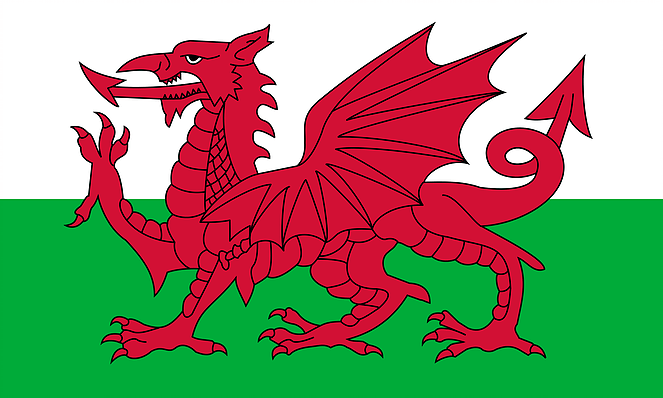
A report by the Principality Building Society has confirmed what many experts have been suggesting for some time now. Welsh house prices have been increasing faster than the UK average and while there were signs of a slowdown towards end of 2017, steady growth is still expected for 2018. For many years Welsh house prices have underperformed their UK counterparts and in many cases the country has been dismissed when looking at potential investment opportunities. However, the situation is starting to change and many believe the best is yet to come.
House price growth
Welsh house prices increased by 3.3% in 2017, according to the Principality Building Society report, which compares well against the UK average of just 2.7% for the same period. It was also interesting to learn that while house price growth in 2017 was slightly down on the corresponding 2016 figure (3.6%), 18 of the 22 Welsh local authorities registered house price gains. The average house in Wales is now valued at £179,855 and while this is well below the UK average it is expected to move higher in the short to medium term.
While the average growth in Welsh house prices came in at 3.3%, it is worth noting that performances across each county were varied. At the top of the tree we have Pembrokeshire which registered an increase of 8.1% while Wrexham saw house prices fall by 2.1%. As we touched on above, while 18 counties saw overall increases in property prices during 2017, nine of them saw a reduction in the final quarter of the year. However, property experts believe this is just a short-term situation with growth expected to be back on track in the current quarter.
Variation in house prices
It is worth noting that from a recent peak of £170,000 back in late 2007, Welsh house prices fell to a low of £150,000 in July 2009. We then saw a period of relative volatility leading to a flat line situation before the upward trend began back in September 2013. Today the average Welsh house price is in touching distance of an all-time high £180,000. There are hopes that the Welsh government’s introduction of the land transaction tax, to replace the stamp duty waiver, will lead to fewer first-time buyers paying the equivalent of stamp duty which should again help the market move forward.
This more hands-on approach to property tax management in the future bodes well because what often works for the rest of the UK has limited or no impact on Wales. The ability to mix and match property tax bands according to the market situation will certainly have a positive impact for first-time buyers going forward.
Conclusion
For many years Wales has been seen as the poor cousin of the rest of the UK and in fairness house prices have performed moderately. However, since the current uptrend began in September 2013 there is no doubt that demand for Welsh housing has strengthened. It will be interesting to see how the market performs in the short to medium term against the challenging backdrop of Brexit and reduced funding from the European Union.
Could Wales benefit to a greater extent from Brexit than any other area of the UK? Is the more hands-on approach to property tax already bearing fruit?

